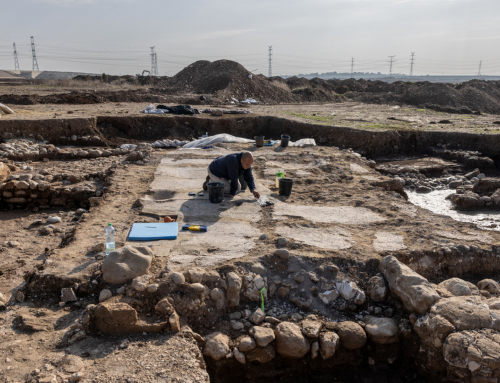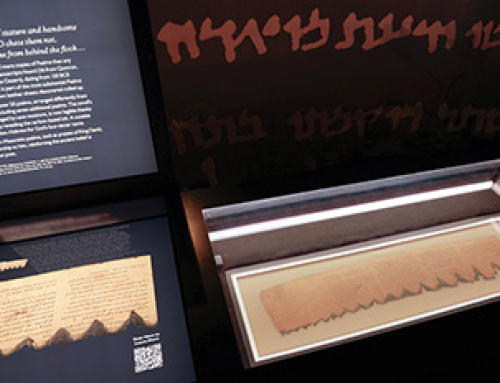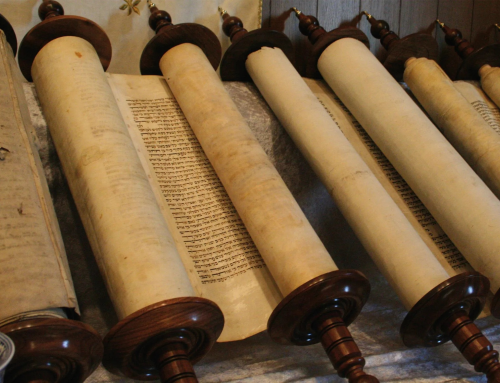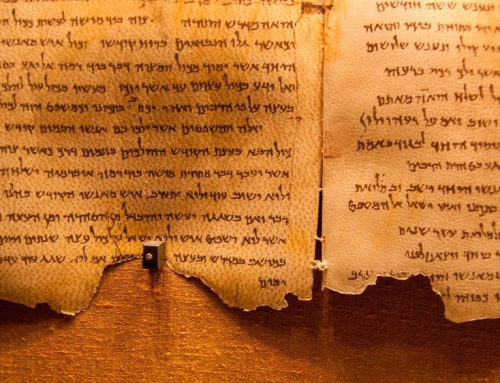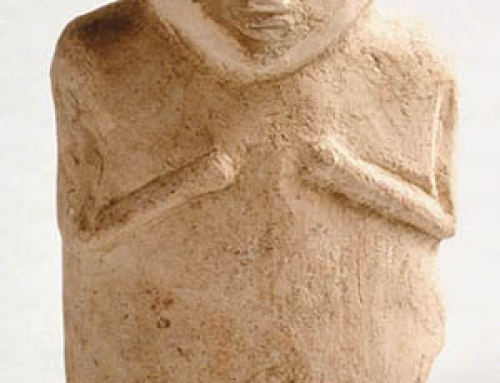Archaeologists have used radiocarbon dating to uncover the truth behind events referenced in Biblical texts regarding an ancient Levantine city.
Archaeological finds have occasionally corroborated ancient texts, such as those told in the Bible. A study published in the PLOS ONE scientific journal on Wednesday afternoon details archaeologists’ most recent finds. The researchers used radiocarbon dates on organic materials from the 13th to 9th centuries providing a glimpse into cataclysmic changes that took place in the ancient city of Gezer, a location often referenced in Egyptian, Assyrian and Biblical texts.
Researchers studied the radiocarbon dates of 35 organic materials, mostly seeds, that were found in multiple layers of rock at Gezer, an archeological site in Israel believed to have played an important role in the cultural and political events during Biblical times. The radiocarbon dates were believed to span multiple significant changes that took place in the ancient city, such as destructive events and rebuilding episodes, according to a press release.
“Our publication provides the first radiocarbon-based chronology for Tel Gezer in the period 13th through 9th centuries BCE,” study author Lyndelle Webster, from the Austrian Academy of Sciences, told Newsweek. “This allowed us to independently test whether the correlations that have been proposed between certain archaeological layers and events from written sources are feasible from a chronological point-of-view.”
The discoveries correlate with certain events detailed in Biblical and other ancient texts, such as the destruction of Gezer under the pharaoh Merneptah, while showing that similar stories did not correlate with the radiocarbon dates, such as the fall of Gezer under Hazael, an ancient ruler first mentioned in 1 Kings 19:15-17.
“This study provides a detailed dataset that can be used to test proposed correlations between archeological record and ancient texts,” the press release said. “These dates suggest, for example, that the correlation of a certain destructive episode with the actions of the pharaoh Merneptah is plausible, while the proposed link between another such episode and the campaign of Hazael is not. Ultimately, this new dataset provides an independent source of absolute dates that will allow researchers to better understand the events at Gezer and to place them in a regional perspective.”
The findings revealed that destructions of Gezer associated with Merneptah and Shishak, the first Egyptian king to be mentioned by name in the Bible, are feasible, whereas destruction associated with other ancient leaders such as Hazael is unlikely.
Data revealed a destructive event led to the fall of Gezer, possibly occurring during the ruling of Shishak.
“Most walls of the administrative building had fallen in the same direction (westward) and the structure was buried in up to 1.5 m of mudbrick debris; concentrations of boulders filled some rooms,” the study said. “The inhabitants seem to have been forewarned against an impending disaster, as the building was found largely empty.”
Similarly, a “sudden and fiery” destructive event associated with Merneptah also was deemed plausible by the study.
“Various human or natural causes could be invoked to explain the destruction, but we note that the date is compatible with Merneptah’s campaign and his claim to have conquered Gezer,” the study said.
Original Article – Archaeologists Uncover Biblical Truth in Town Captured by Pharoah (newsweek.com)


